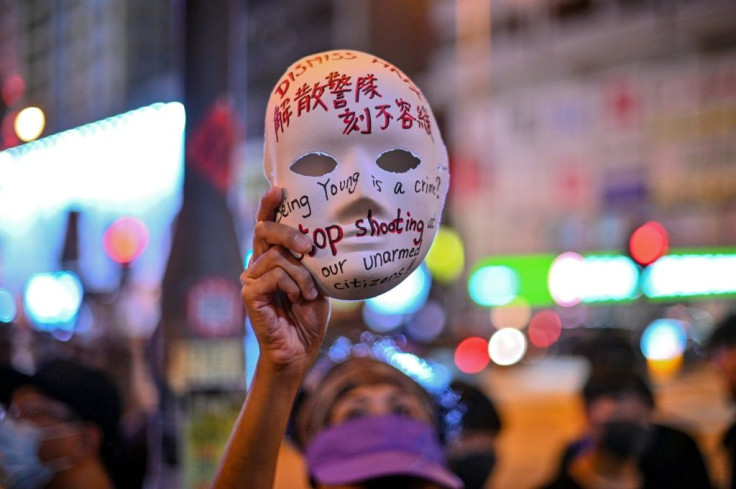Hong Kong Protests Escalate: What You Need To Know

The news out of Hong Kong, much like a weather forecast, changes from day to day as pro-democracy protesters wage battle with the pro-Chinese sector that includes Chief Executive Carrie Lam and the Hong Kong Police Force.
Those who have kept a close eye on the crisis know that Hong Kong was once a British Colony that was handed over to Beijing on July 1, 1997. They also know that Hong Kong is to remain a “semi-autonomous” state until the year 2047 under a “formula” of government that Beijing named “one country, two systems."
Closer observers will know that the original cause of the protests was an unpopular extradition bill that some believed would allow Chinese authorities to enter Hong Kong and extradite people to the mainland on trumped-up charges where they might be subjected to human rights abuses.
A few very close observers will know that a brutal murder in Taipei was the catalyst that led to the introduction of the extradition bill to Carrie Lam’s government.
Here are a few other things that you need to know about the crisis in Hong Kong:
- The feared deployment of China’s People’s Liberation Army (PLA) has yet to occur. There has been, however, a buildup of troops in Hong Kong that some estimate at 12,000. Beijing knows that it is in everyone’s interest to let the Hong Kong government deal with the problem, but the troops are available with very short notice if things get too out of hand.
- Carrie Lam formally withdrew the extradition bill in early September so why didn’t this stop the protests? The answer is that the original demand over the bill has morphed into other demands involving elections, the treatment of those arrested during the riots and for Lam to step down as Hong Kong’s leader. The deeper reason may be the fear of Chinese influence over people who enjoy a greater degree of freedom than those in the mainland.
- Why does the violence continue? Anger against Beijing and the police are obvious answers. On a deeper level, peaceful displays of civil disobedience often end in violence when the scheduled events end, and the more hard-core protesters take over.
- Other causes are the ever-increasing wealth gap between the “have and have-nots” with residents of subdivided flats, low-income workers, women, children, the elderly and ethnic minority members included in the latter group. Riots may showcase the point but does nothing to address a way to pay for social welfare programs. In fact, the riots just add to those costs.
- Is the U.S. influencing events in Hong Kong? The short answer is yes. Even with their problems, the U.S. is still a beacon of democracy that gives hope to those seeking to gain full freedom. Officially the United States has paid some lip-service supporting the pro-democracy movement but has taken a hands-off stance on the issue. Given the ongoing trade war between the United States and China, it is not unreasonable to think that there may be some covert operations in effect to support the pro-democracy movement.
© Copyright IBTimes 2024. All rights reserved.





















